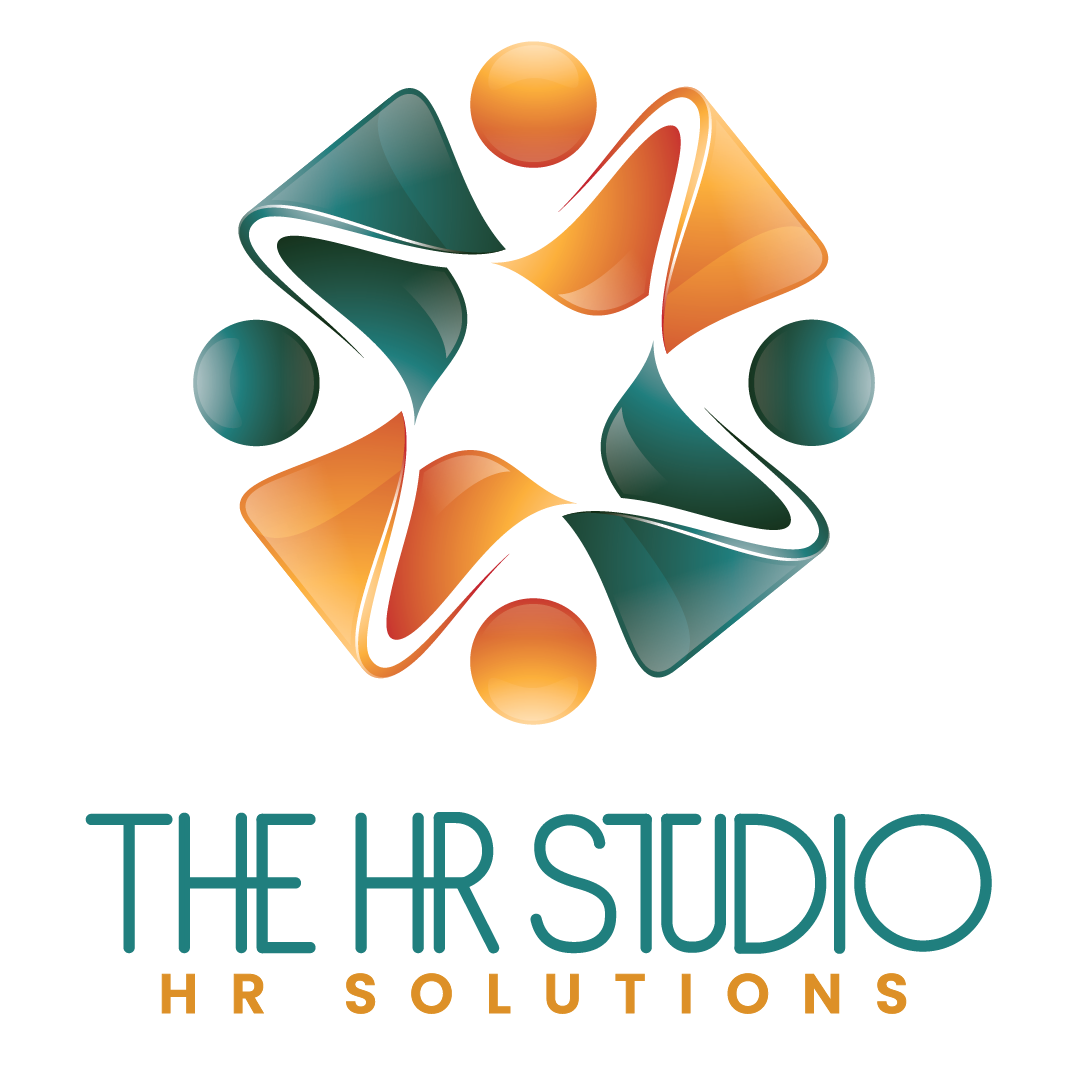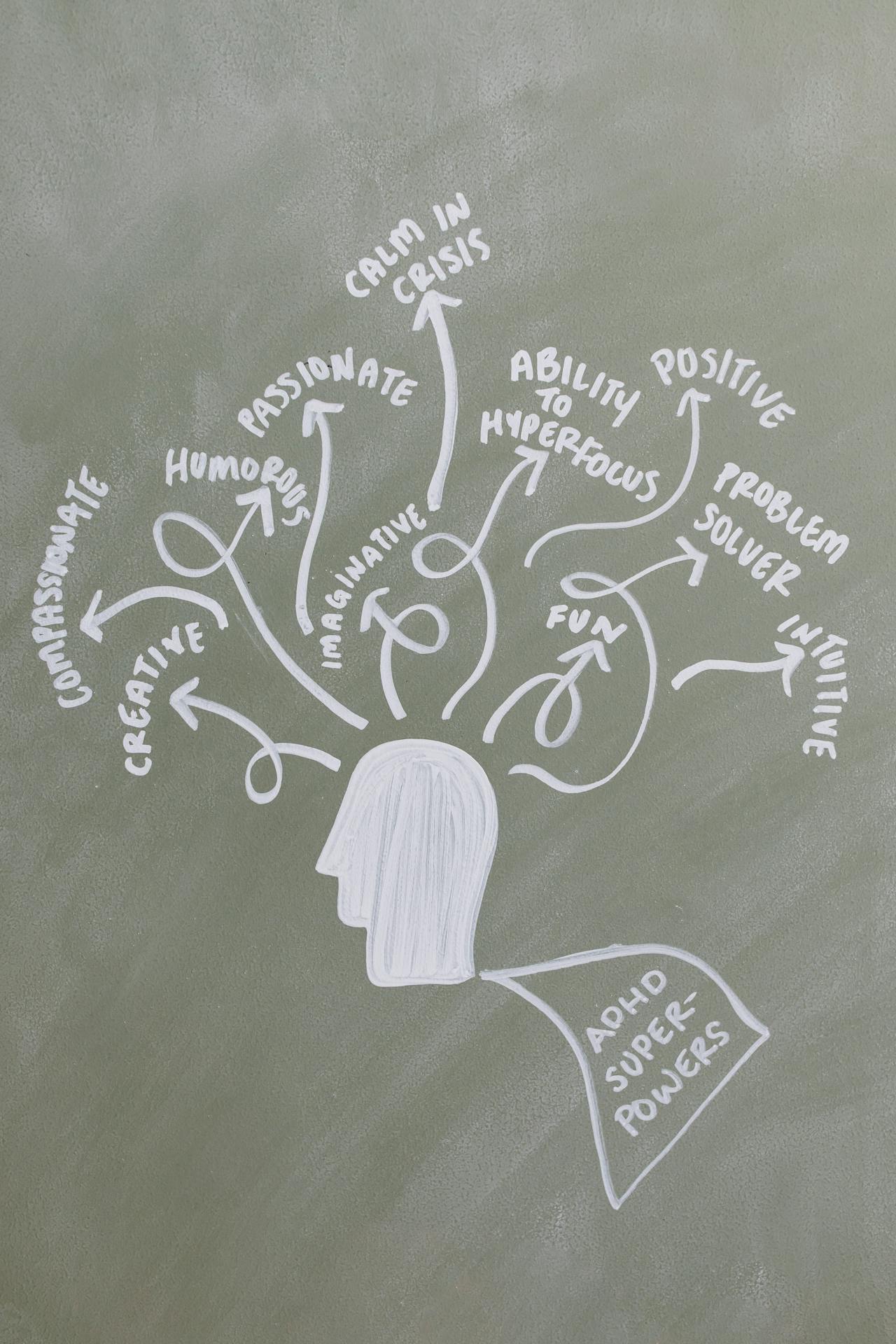Source: People Management Magazine, February 2025
Maintaining an appropriate level of contact with employees on sick leave is crucial. It helps employers understand their situation, provide support, and make necessary workplace adjustments. However, employees also need time to recover, so striking the right balance is essential. The case of Miss Crette Berry v Anglian Water Services Ltd demonstrates how excessive or inappropriate contact can lead to legal consequences.
The Case: Miss Berry v Anglian Water Services Ltd
Miss Berry, a contact centre agent, worked a flexible schedule of 37 hours per week. Shortly after starting her job, she requested a flexible working arrangement to help manage her menopausal symptoms and stress.
The day after submitting her request, she was off sick for gynaecological reasons. Following an occupational health assessment, it was confirmed that she had endometriosis, severe brain fog, abdominal pain, hot flushes, and fatigue. Her employer agreed to adjust her schedule to a rolling pattern of 30 hours per week over four weeks.
However, Berry continued to experience absences due to her health conditions. After reaching an absence trigger point, she attended an attendance support meeting where she disclosed she also had depression. Shortly afterwards, she began a long-term sickness absence and later underwent a hysterectomy. Despite knowing about her surgery and her need for recovery, her manager repeatedly contacted her via WhatsApp about another attendance meeting. Eventually, Berry resigned and took her case to an employment tribunal, claiming failure to make reasonable adjustments and harassment related to her disability.
Employment Tribunal Decision
The tribunal ruled that:
- Berry was disabled due to her endometriosis, menopause, and depression.
- Her reasonable adjustments claim was dismissed.
- She had been harassed due to excessive contact after her surgery.
Harassment occurs when an employee is subjected to unwanted conduct related to a protected characteristic (in this case, disability) that violates their dignity or creates an intimidating or distressing environment. Although the employer’s intent was not to humiliate Berry, the tribunal found that the contact negatively impacted her recovery.
Key Takeaways: Dos and Don’ts Do:
✔ Maintain Appropriate Contact – Keep in touch with employees to offer support and understand their needs but in a considerate manner.
✔ Respect Medical Leave – Allow employees adequate time to recover, especially following surgery or significant treatment.
✔ Be Flexible and Adaptive – Every situation is different, so tailor communication accordingly.
✔ Use the Right Channels – Opt for formal communication channels rather than informal messages unless the employee prefers otherwise.
✔ Document Communications – Keep records of interactions to ensure transparency and fairness.
Don’t:
✖ Overwhelm Employees – Avoid excessive or intrusive contact, particularly when they are in recovery.
✖ Ignore Medical Advice – Consider medical reports and recommendations before making contact.
✖ Pressure Employees to Return – Contact should not feel like an obligation to return to work before they are ready.
✖ Assume One Approach Fits All – Different conditions and personal circumstances require different levels of engagement.
Final Thoughts
Employers must strike a careful balance when communicating with employees on sick leave. While it is essential to provide support, excessive contact—especially during critical recovery periods—can lead to legal consequences. By adopting a compassionate, flexible, and structured approach, employers can ensure they meet both legal and ethical obligations while fostering a supportive work environment.






